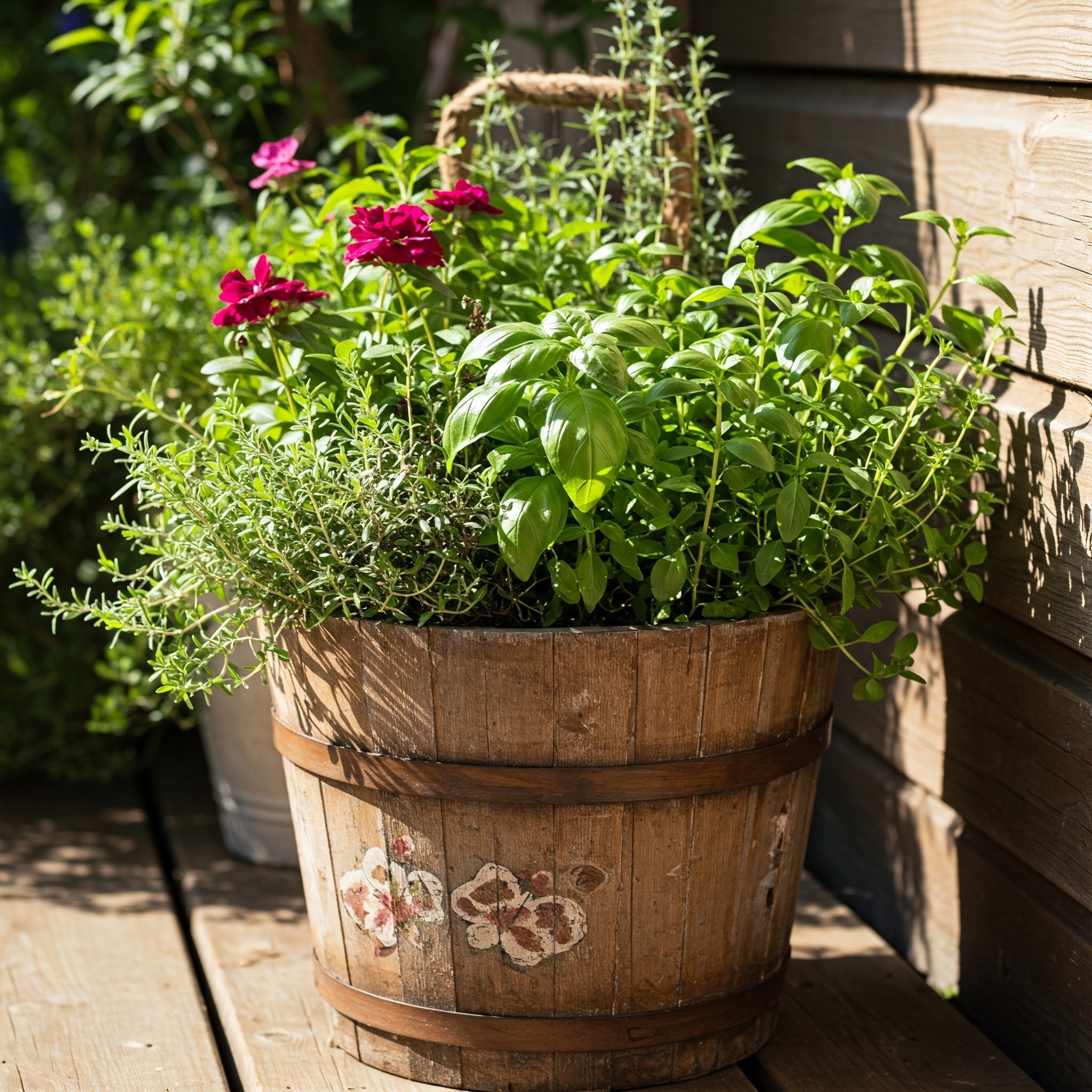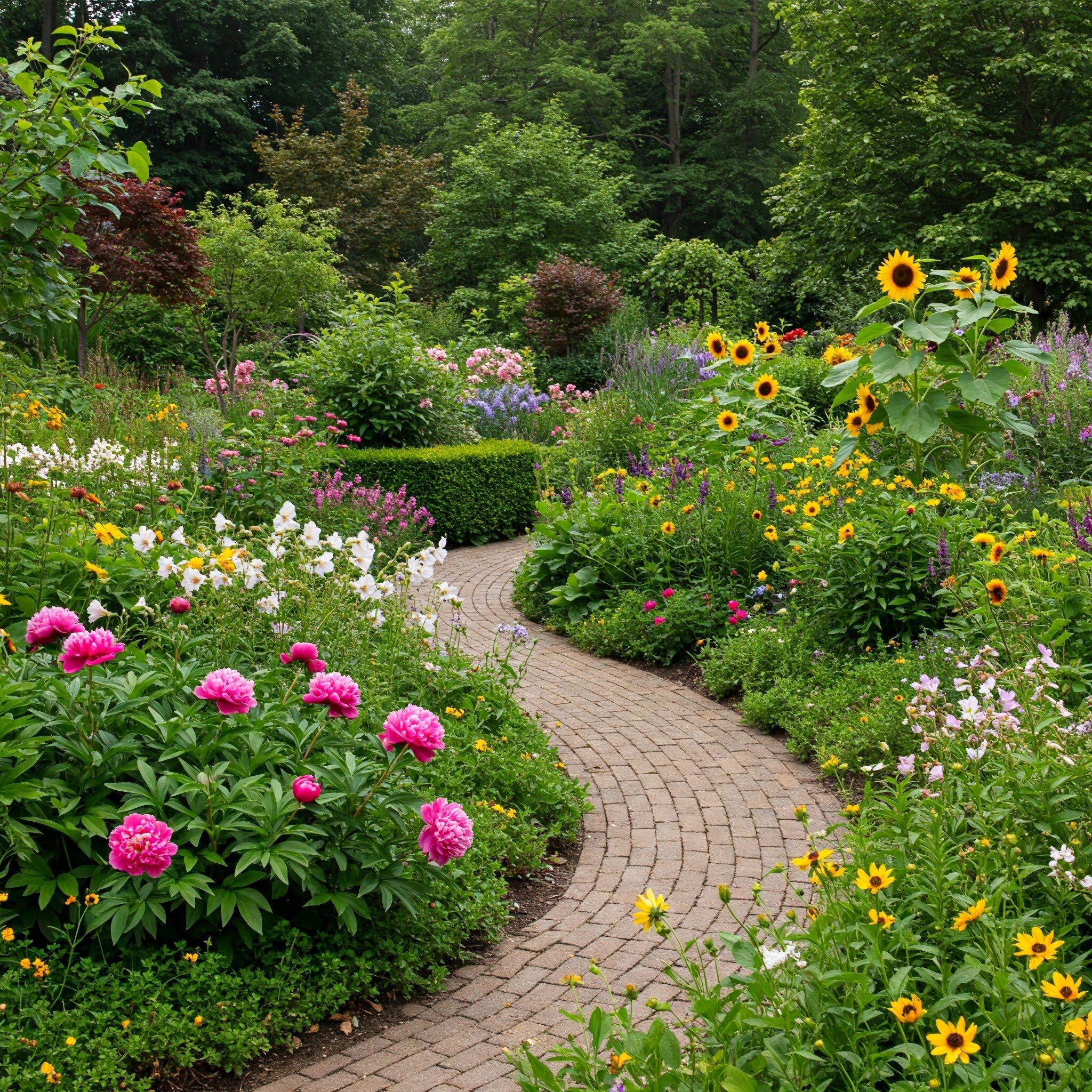How to Keep Bees Away from Hummingbird Feeders
Struggling with bees buzzing around your hummingbird feeders? Discover effective strategies and tips on how to keep bees away from hummingbird feeders, ensuring a peaceful feeding experience for your tiny visitors.
Isn't it a delight to watch hummingbirds flit around your feeders, their iridescent feathers sparkling in the sunlight? These tiny creatures bring such joy, don't they? But just when you're enjoying the beauty of these birds, along come the bees, making a nuisance of themselves. Not only do bees compete with hummingbirds for the nectar, but their presence can also deter these lovely birds from visiting your feeders altogether. So, how can you keep bees away from hummingbird feeders and ensure your feathered friends get their fill? Let’s dive into some practical and creative solutions.
Why Bees Are Attracted to Hummingbird Feeders?
Before diving into solutions, it's important to grasp why bees are so attracted to hummingbird feeders. Much like hummingbirds, bees have a sweet tooth and are drawn to the sugary nectar in these feeders. The sugar solution acts like a magnet for them, making it difficult for them to resist. Additionally, bees are skilled at locating food sources, so once they find a feeder, they're likely to return repeatedly. Their keen sense of smell and ability to detect nectar from a distance ensure that they keep coming back, which can lead to competition with hummingbirds and a disruption in their feeding routines. Understanding this attraction can help in finding effective ways to keep bees at bay.
How to Keep Bees Away from Hummingbird Feeders: Effective Strategies
1. Use Bee-Proof Feeders
The best way to start tackling the bee problem is by choosing the right feeder. Opt for feeders designed with built-in bee guards or ports that are too small for bees but perfectly sized for hummingbirds. These bee-proof feeders are an excellent investment for anyone serious about keeping bees away. They help ensure that your hummingbird feeders remain a welcoming spot for your feathered friends while keeping the buzzing pests at bay. With the right feeder, you can minimize bee interference and enjoy uninterrupted birdwatching.
2. Opt for Red Dye-Free Nectar
Red dye in nectar might lure hummingbirds, but it can also attract bees. To keep bees away, choose natural nectar solutions free from artificial dyes. Bees are generally less interested in clear nectar, which can help diminish their attraction to your feeders. This simple switch not only makes your feeders less appealing to bees but also benefits the health of both hummingbirds and the environment. By opting for dye-free nectar, you create a more bee-friendly environment while ensuring your feathered visitors enjoy a healthier, more natural treat. This adjustment helps maintain a peaceful feeding space for hummingbirds and reduces the likelihood of bees becoming unwanted guests.
3. Keep Feeders Clean and Fresh
Bees are particularly attracted to stale or moldy nectar, making it essential to keep your feeder clean and fresh. Regular maintenance is key: refill your feeders with new nectar and clean them thoroughly every few days. This routine not only ensures that the nectar remains appealing solely to hummingbirds but also prevents any buildup of residue that might attract bees. By adhering to this cleaning schedule, you help create a less inviting environment for bees, reducing their chances of interfering with your hummingbird feeders. This approach enhances the overall feeding experience for your feathered friends and keeps those buzzing pests at bay, ensuring your hummingbird feeders are a haven for your favorite avian visitors.
4. Provide Alternative Food Sources for Bees
To effectively keep bees away from your hummingbird feeders, consider setting up a dedicated feeding station specifically for them. Position this station at a distance from your hummingbird feeders to divert the bees' attention elsewhere. Fill it with a sugar-water solution to attract bees to this designated spot, offering them an alternative food source. This strategy helps ensure that bees are drawn to the new feeding station, reducing their likelihood of interfering with your hummingbird feeders. By creating a separate bee-friendly zone, you maintain a bee-free environment around your primary feeders, ensuring that your hummingbird visitors can enjoy their meals without disruption. This approach helps balance the needs of both bees and hummingbirds, keeping everyone happy.
5. Use Bee Repellents
Natural repellents can be highly effective in keeping bees away from your hummingbird feeders. A vinegar and water solution is a great option—spray it around the feeder to leverage its strong smell, which deters bees without harming your hummingbirds. It’s crucial to avoid spraying the solution directly on the feeder, as it might interfere with the nectar and possibly discourage hummingbirds from feeding. By using this simple, natural repellent, you can create an environment that’s less inviting to bees while ensuring your feathered visitors can enjoy their meals without interruption. This approach helps balance the need for a bee-free zone with the well-being of your hummingbirds, maintaining a pleasant feeding experience for both.
6. Position Feeders Strategically
Placement is vital in keeping bees at bay. To reduce bee visits, position your hummingbird feeders in spots that are less accessible to them. Ideally, hang your feeders away from flowering plants and areas where bees tend to congregate. Even a small change in location can significantly impact, helping to divert bees' attention and minimize their presence around your feeders. By strategically placing your feeders, you create a more bee-unfriendly environment while ensuring that your hummingbird feeders remain a tranquil haven for your feathered friends. This thoughtful placement helps maintain a peaceful feeding area, free from the buzz of bees and allowing your hummingbirds to enjoy their nectar undisturbed.
7. Utilize Bee Guards
Bee guards are practical mesh or plastic covers that fit snugly over the feeding ports of hummingbird feeders. These clever additions are designed to let hummingbirds access the nectar effortlessly while keeping bees and other insects at bay. By installing bee guards, you create a protective barrier that prevents bees from reaching the nectar without interfering with your hummingbirds' feeding. This simple yet effective solution helps manage bee issues around your feeders, ensuring that your feathered visitors enjoy their meals undisturbed. Bee guards are an easy and efficient way to maintain a bee-free environment around your feeders, making them an excellent choice for keeping your hummingbird feeding station both welcoming and pest-free.
8. Choose High-Sugar Concentration Nectar
Bees tend to be drawn to feeders with lower sugar concentrations. To make your feeder less appealing to them, try using a more concentrated nectar solution, as long as it's not too strong for hummingbirds. A higher sugar concentration can reduce the feeder's attractiveness to bees while still providing a delicious treat for your feathered friends. Just be careful to maintain a safe nectar concentration for the hummingbirds, ensuring they get the nourishment they need without inviting bees to crash the party
9. Avoid Scented Flowers Near Feeders
Bees are drawn to strong scents, so it's wise to avoid planting highly fragrant flowers near your hummingbird feeders. Instead, choose plants that are less attractive to bees but still enticing to hummingbirds. By strategically selecting less aromatic plants, you can help keep bees' attention away from your feeders and reduce their likelihood of interfering. This approach ensures that your hummingbird feeders remain a peaceful feeding spot for your feathered visitors, free from the distraction of buzzing bees.
Conclusion
Keeping bees away from hummingbird feeders can seem like a bit of a challenge, but with the right strategies, you can enjoy the beauty of hummingbirds without the buzzing interruptions. From choosing the right feeders to using natural repellents, there are several effective methods to ensure your feeders remain a peaceful spot for your feathered friends. So, put these tips into action, and soon you'll have a bee-free oasis where hummingbirds can sip in peace. Happy birdwatching!
Frequently Asked Questions
What is the best type of hummingbird feeder to prevent bees?
For keeping bees at bay, go for bee-proof feeders with built-in guards or specially designed ports just for hummingbirds. These feeders allow hummingbirds to enjoy the nectar while keeping those pesky bees from getting a taste.
Can vinegar help keep bees away from hummingbird feeders?
Absolutely! A vinegar and water solution can serve as a natural bee repellent. Simply spray it around the feeder area, but steer clear of the feeder itself to keep the nectar inviting for hummingbirds.
How often should I clean my hummingbird feeder to keep bees away?
For a bee-free feeder, clean it every 2-3 days and refresh it with new nectar. Regular cleaning keeps the feeder pristine and less attractive to bees and other pests.
What should I do if bees are still coming despite trying these methods?
If bees are still buzzing around, try moving your feeder to a different spot. Adding alternative food sources for the bees and continuing to use bee guards can also help shift their attention away from your hummingbird feeder.
Are there any flowers that attract hummingbirds but not bees?
Yes! Opt for flowers like columbine or trumpet creeper. These blooms are perfect for attracting hummingbirds while being less appealing to bees, making them ideal for your garden.
































